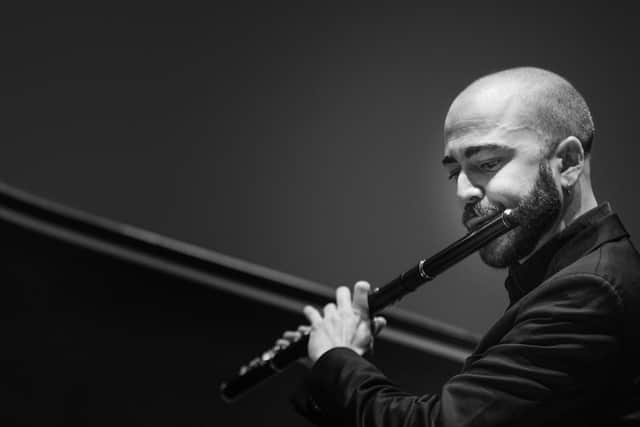Music review: SCO, Joseph Swensen & André Cebrián, Queen’s Hall, Edinburgh
SCO, Joseph Swensen & André Cebrián, Queen’s Hall, Edinburgh ****
The canny subtext to this northward-gazing concert from the Scottish Chamber Orchestra was – well, the SCO itself, its players, its history and its influence. Two SCO principals were moonlighting as soloists; one former principal conductor had reimagined an early Nielsen chamber piece for orchestra (and was there to conduct it). And in the concert’s opener it was composer Peter Maxwell Davies who provided the SCO connection, by way of his decades-long collaboration with the orchestra, and more specifically through his Ebb of Winter, written for the SCO’s 40th anniversary and now helping to celebrate its 50th. There’s no denying that it’s a thorny, uncompromising piece – indeed, one audience member’s loud expression of displeasure almost ruined its gently glistening conclusion. But the piece’s sombre colours glowed and its textures writhed and trembled in conductor Joseph Swensen’s urgent, perceptive account, which drew every bit of new spring life out of Maxwell Davies’s chilly, stormy music.
Advertisement
Hide AdAdvertisement
Hide AdOn a different emotional plane entirely was SCO principal flautist André Cebrián’s witty, mischievous but joyfully eloquent account of Nielsen’s Flute Concerto. Cebrián brought richness and ringing clarity to the composer’s unpredictable, sometimes volatile writing, matched ably by Swensen’s eager direction – and by some droll parping humour from Cebrián’s concerto partner in crime, bass trombonist Alan Adams.


Change again for a luminous and really rather brisk Sibelius Swan of Tuonela, with dark silkiness from SCO cor anglais Katherine Bryer singing the netherworldly bird’s mournful song – though Swensen replaced the misty atmospherics that the piece usually conjures with something far more defined, dramatic and captivating. Swensen’s own orchestral arrangement of Nielsen’s youthful First String Quartet – as Four Movements for Orchestra – made for a vibrant, kaleidoscopic concert closer, full of energy and distinctively Nielsenian quirkiness. All those hues that had smouldered in Maxwell Davies’s wintry evocations at the start of the concert now burst into vivid life.